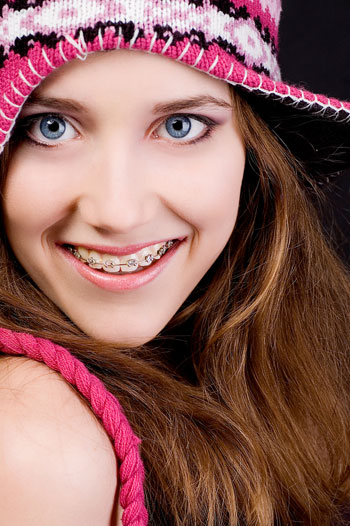 Braces can transform a smile, but when these appliances come loose, it is important to take immediate action.
Braces can transform a smile, but when these appliances come loose, it is important to take immediate action.
Why did my bracket or wire come loose?
Braces are a complex appliance inside the mouth with many
components and breaks and other damage are common with orthodontic
appliances. Some of the most common causes are
- hard or sticky foods
- sports injuries
- accidents
- normal wear and tear
What do I do when my bracket or wire comes loose?
- First, call a dentist immediately at (516) 565-3435 or (516) 348-2000.
- Try to avoid worsening the problem, and do not attempt to remove the appliance yourself.
- If wires or other pieces of the loose appliance are causing discomfort, cover them with a piece of candle or orthodontic wax.
- Gently move any protruding wires away from the
sensitive tissue inside the mouth with a pencil eraser to prevent
discomfort and injury. - If pieces of the appliance, such as spacers or bands fall out, save them and bring them to your appointment.
- If you are in pain, rinse your mouth with warm salt water, and take a mild pain relieving medication.
How do I prevent my bracket or wire from coming loose?
- Always follow guidelines given by your orthodontist.
- Avoid excessively sticky, chewy, and hard foods.
- Wear a protective mouth or lip guard during athletic activities.
If you need dental emergency assistance, please call (516) 565-3435 if you’re in the Franklin Square area and (516) 348-2000 if you’re in the Syosset area.